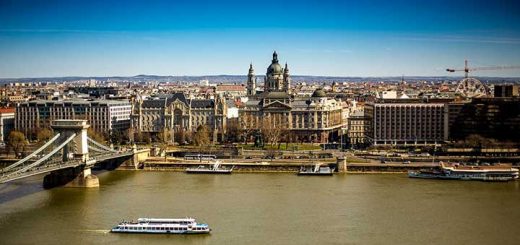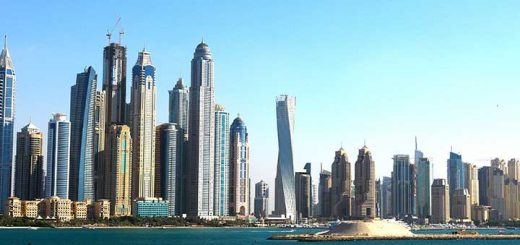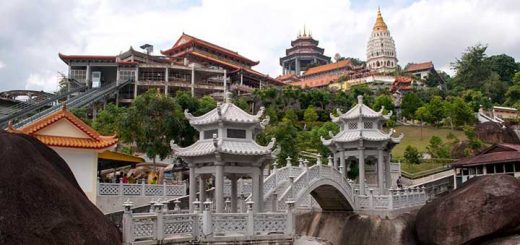Egypt Travel Guide
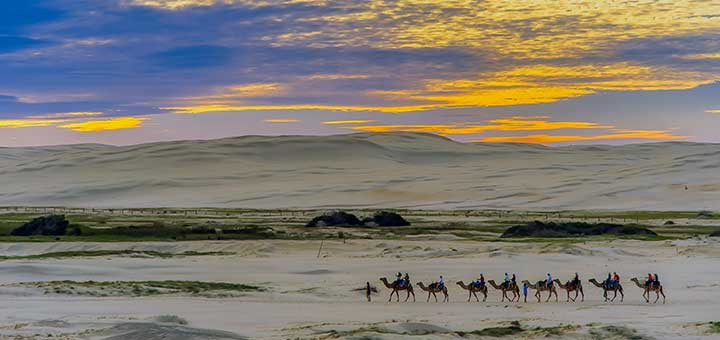
Egypt is one of the oldest countries in the world and visiting the country you can discover one of the oldest and most fascinating cultures in the whole entire world. This is why Egypt is also one of the most popular travel destinations, attracting millions of tourists from all corners of the world, to fascinate and mesmerize them with the beauty of its quirky nature, the vibe of the big cities, the atmosphere of the ancient sights and towns and so much more. In case you have never been to Egypt, but you are planning to visit this wonderful place, here is your comprehensive guide to Egypt that includes the most important things you should know about the country before visiting it.
There is hardly anyone in the whole entire world that have never heard about the ancient Egyptian culture, the infamous Pyramids, and the Egyptian treasures. All of the above listed and so much more are just a handful of the reasons why Egypt attracts so many tourists every year and despite being a bit too overcrowded at times, the country is certainly deserving at least one visit in a lifetime. From Nile cruises, through exploring the ancient heritage of Egypt, to the many beautiful souks, mosques and madrassas of Islamic Cairo, every corner of the country has prepared a lot of beauty and excitement for you to experience.
Stretching from the Sudanese border to the shores of Mediterranean, the Nile Valley is certainly one of the most beautiful natural places in the world and, for sure, the land and lifeblood of Egypt that the country is most proud of. A land of fertility and mesmerising beauty, this piece of the country is certainly adding a lot of character to Egypt and its image, offering a bit more than the infamous Pyramids and ancient sights. The Nile Valley itself has shapes the Egyptian history and culture in so many and diverse ways, this is why the river is even perceived as part of a very special and own Egyptian religion. Despite the fact that the days of mummies and ancient temples are gone, the fertility of the nature in the Nile Valley is still a central point of celebrations and traditions, being respected by both the Christian and Islamic Egypt.
You may also like: 10 Interesting Facts About Egypt
Being a home to many and diverse cultures, Egypt is certainly recognised for the multi-layered and very balanced culture, very distinctive one you cannot experience anywhere else in the world for sure. With an equal respect to ancient and modern, to different religions, different traditions and different lifestyles, Egypt is the home of many nomadic, deserted tribes, so many different communities and unique groups of people, and what gather them all is their love of their homeland. To be honest, it is hard not to love Egypt and you will, for sure, experience that yourself once you visit the country!
Cairo and the Pyramids
People say that if you have not seen Cairo, you have not seen the world at all. There is something very mesmerising and magical in the golden shades of the capital of Egypt, something very unique and special in the people there and the way they live their lives. Cairo is certainly the greatest city of the Islamic world for centuries and certainly one of the most visited places by tourists from all around the world for many decades. Locals call the city with two names – Masr, which means the capital and the land of Egypt, and Al-Qahira, which means The Triumphant. If you are looking for some breath-taking monuments, Cairo is the exact place offering them for you to see, experience and enjoy.

Of course, you should start with the Pyramids of Giza at the edge of the Western Desert, and the great Mosque of Mohammed Ali, which broods atop of the Citadel. Between these two remarkable places, there is a whole city stretching, a city full of unique cultures, lifestyles and cuisines, a vast city in the colours of sand and gold, a city build-out of layers of history. All the layers finally create an amazing world that lives in surprising harmony, while medieval culture is interweaving with Art Deco suburbs, modern malls and skyscrapers are existing together with the humble, poor communities, on the roads you can see donkey carts and limos. Cairo is certainly living in its own way and there is something leaving you breathless and impressed, admiring this amazing mix of people, colours and flavours.
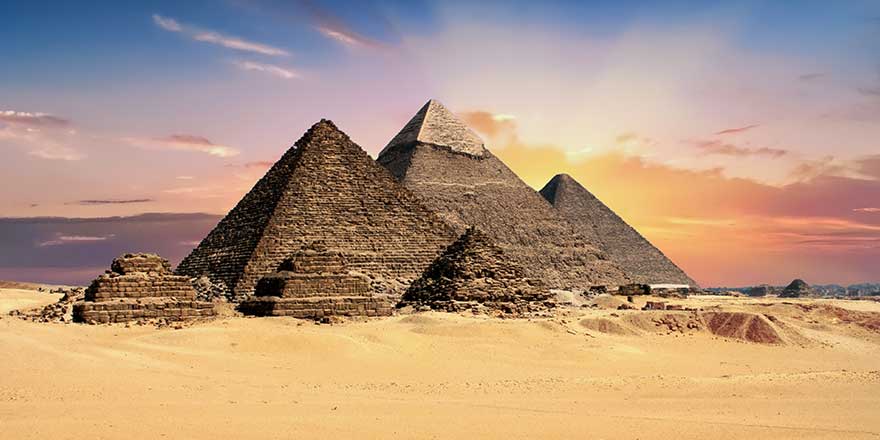
The Nile Valley
Egyptians perceive the river Nile as their precious gift, because if it wasn’t for the river running through the country, the land wouldn’t be that fertile and beautiful, and sustained a great civilisation for five thousand years. Indeed, the character and history of the country are certainly shaped by the contrast between the fecund Nile Valley and its Delta. To the Ancient Egyptians, this was the homeland of Kemet, the land where life and civilisation flourished, opposite to the desert, the land of death and chaos. Almost every little town dotted around the Nile river is built upon layers of previous settlements, whose ancient names, despite a bit modified, have often survived to this date.
What is fascinating in this area of Egypt is certainly the Valley’s ancient monuments, constituted as the greatest open-air museum of the world and naturally attracting millions of people every year, a home to thousands of tombs and so many scores of temples. Since the Valley is a very vast land with a lot to be seen and enjoyed, we definitely recommend you to be selective. Mixing sightseeing with a felucca ride on the river, adding to the mix wandering at the bazaars and camel markets, there are definitely a lot of things to be experienced here, but don’t try to make them all in one day and better make a plan and organise everything in a few days.
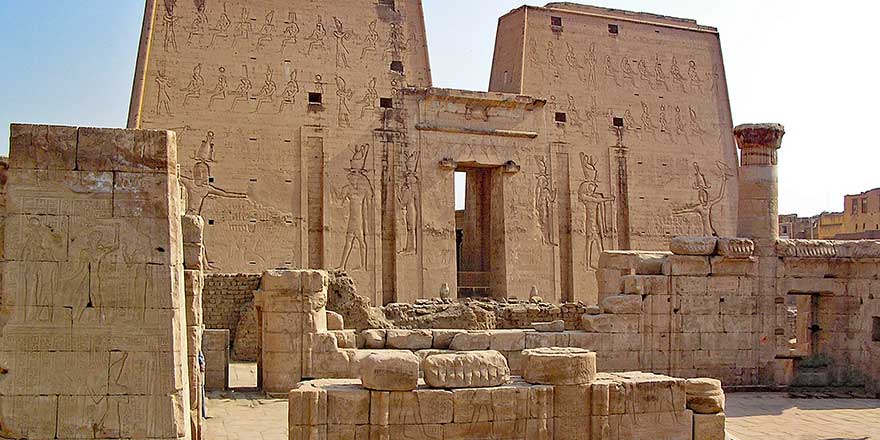
A good plan starts with visiting Upper Egypt first, as most visitors do, then travelling by air or train to Luxor or Aswan, continuing with making a few day-trips to the sights. Do not miss to visit the cult temple at Edfu, explore the New Kingdom temples and tombs of Karnak and the Theban Necropolis from Luxor. A Nile cruise is something we definitely recommend you experiencing, and river cruises are not too expensive too. Further, hitting north you will be able to explore Middle Egypt that is famous for its temples at Abydos and Dendara, the tombs of Beni Hassan, the ruins of Akhenaten’s capital Tell el-Amarna.
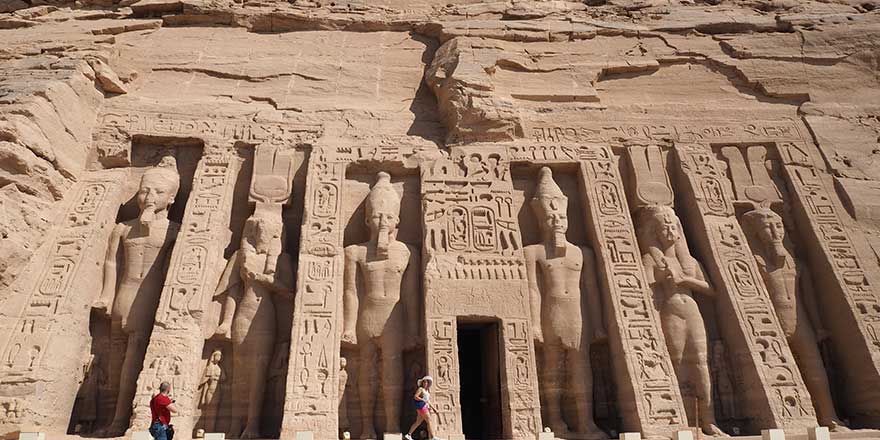
The Western Desert Oases
Beyond the “Black Land” of fertility that ends with the Valley and Delta of Nile river, lays the “Red Land” or the desert of Egypt, one of the most mystical, enigmatic and magical regions in the country and in the world probably. Stretching its sandy golden lands in four directions, east from the Nile the desert held mineral wealth and the routes to the Red Sea Coast, while the west is the land of the Kingdom of Osiris, Lord of the Death. This part of the country and its oases have always been a bit more different than the rest of Egypt.
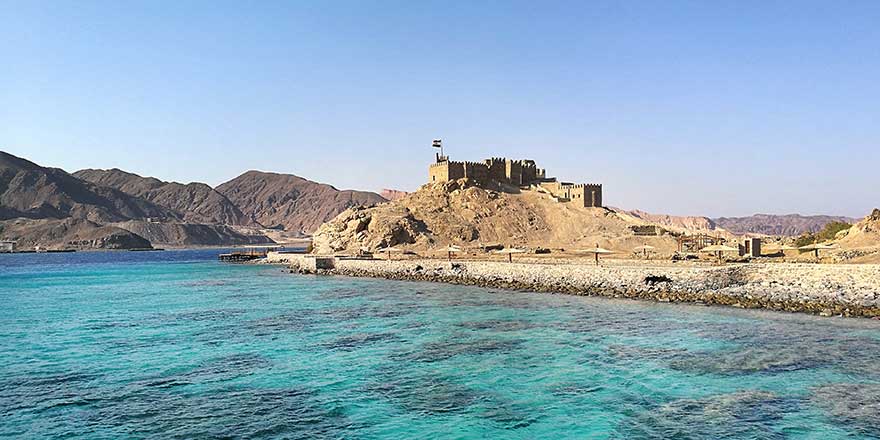
Siwa Oasis is one of the best examples, considering that its people are speaking an entirely different language than the rest of the country, while the setting there is certainly reflecting the image of an oasis from our dreams – ruined citadels, lush palm groves, limpid pools and golden sand dunes. The four oases laying on the “Great Desert Circuit” are called Bahariya, Farafra, Dakhla and Kharga, and these can be reached by tourists to staring from Cairo, Assyut or Luxor. We certainly recommend you all four of the oases, considering that each and every one of them is a very distinctive place and very different than the rest with diverse landscapes and a different degree of modernisation.
Whether or not you are planning to visit one or all of the oases, you should definitely take your time to enjoy the desert, since much of the magic and wonder of the region lies in the desert itself – a savanna before the Stone Age, today the Western Desert is covering more than 680,000 square kilometers almost entirely with a fine golden sand. Among the most striking features of the Western Desert that is part of the North African Sahara Belt is the Qattara Depression, which is the lowest part of Africa, the Ghard Abu Muharrik, which is the longest dune of Egypt, the Great Sand Sea, which swallowed up an army.
Alexandria and the Mediterranean coast
Egypt’s second largest and most popular city is Alexandria, once the cynosure of the ancient world, its lighthouse and library the symbols of wisdom and enlightenment. Alexandria is a home of many diverse cultures, most fascinating out of them the Hellenistic, Levantine, Egyptian, Jewish and a mix of European, a balanced yet vibrant fusion of people, flavours, colours, lifestyles and more. Alexandria is recognised as the “Capital of Memory” and while the monuments of the city are just a pale shadow of the ancient glory and majesty of the city, there is still a lot to be seen, experienced and enjoyed in Alexandria. Back in the past, the Ancient Egyptians thought of the Mediterranean coast as the edge of the “Great Green”, the sea that formed the end of the world. One of the best things you can experience on the Egyptian Med is the fact that its 500km stretch of white beaches and turquoise sea is underpopulated and not overcrowded by tourists.
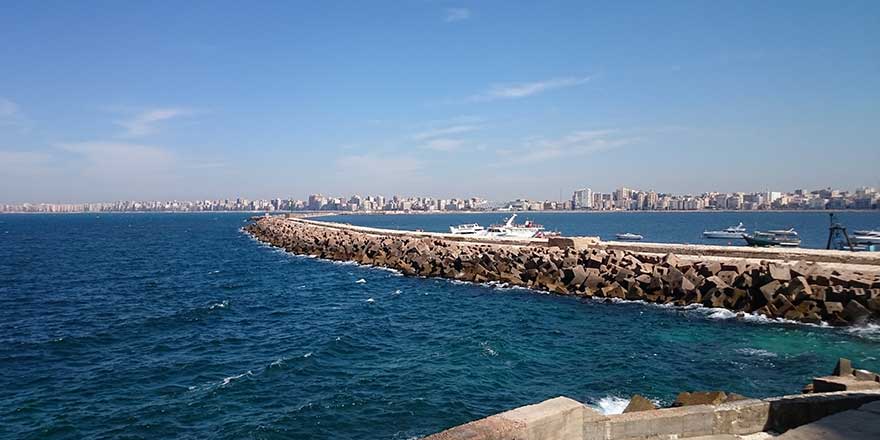
When to go?
The majority of the tourists prefer to visit Egypt between late November to late February, despite the fact that in recent years Luxor and Aswan are most visited and busy during the peak months of December and January. The Nile Valley is usually balmy throughout the winter season, while Cairo can be also overcast and chilly. Winter is also the busiest period for all the resorts in the country, however, Hurghada is busy all year round. March and April are also a good time of the year to visit Egypt since the weather then is very pleasant in the country. From June to September the south parts of the country and the desert are extremely hot, so make sure to skip the summer months and Cairo too, since the pollution is at its worst in the capital. October into early November is perhaps the best time to visit the whole country, with an easily manageable climate and not that many crowds of tourists.

